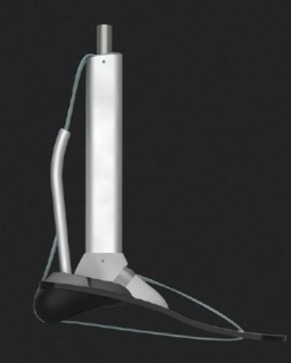Summary
Alexis Maloux
Business developper
Technology
- Modular tibial prosthesis, comprising a stem and a ground support block, both connected to each other by a means of connection. This confirmation provid amputees with a biomechanical, ergonomic leg that functions as closely as possible to human walking.
- Easy assembly/disassembly . This makes it possible to generate ranges of parts to meet the changing physical activities and morphologies of wearers (has to be done by a professional)
- It is also possible to adapt the tibial prosthesis to a patient thanks to its modularity. This makes the invention more readily accessible and adaptable.

Market
- Growth of +5-6%/year in the prosthetics market (diabetes is the leading cause of lower limb amputation).
- ~ 120k amputees in France, half of whom are below the knee.
- 12k transtibial amputations per year in France.125k per year in the United States, 230k in Europe, 900k worldwide.
- Various uses for prostheses: need for modularity.
- Current tibial prostheses generally feature a prosthetic foot extended by a simple tube attached to the patient’s knee in a single piece, with the various components of the same prosthesis all fixed together. As a result, as soon as one part of the prosthesis is damaged, the entire prosthesis has to be replaced
Development status
- Design and assembly: development of a modular tibial prosthesis (shaft + ground support block connected by a linkage system), with material selection and validation.
- Experimental evaluation: kinematic tests carried out by the UTEAM team (UTC), confirming functionality for walking, with recommendations on the materials used.
IP
- Two patent applications ongoing:
- FR2313929 filed on 11/12/2023
- WO2025/125112 filed on 11/12/2024
Valorisation strategy
- Co-development
- Licensing
